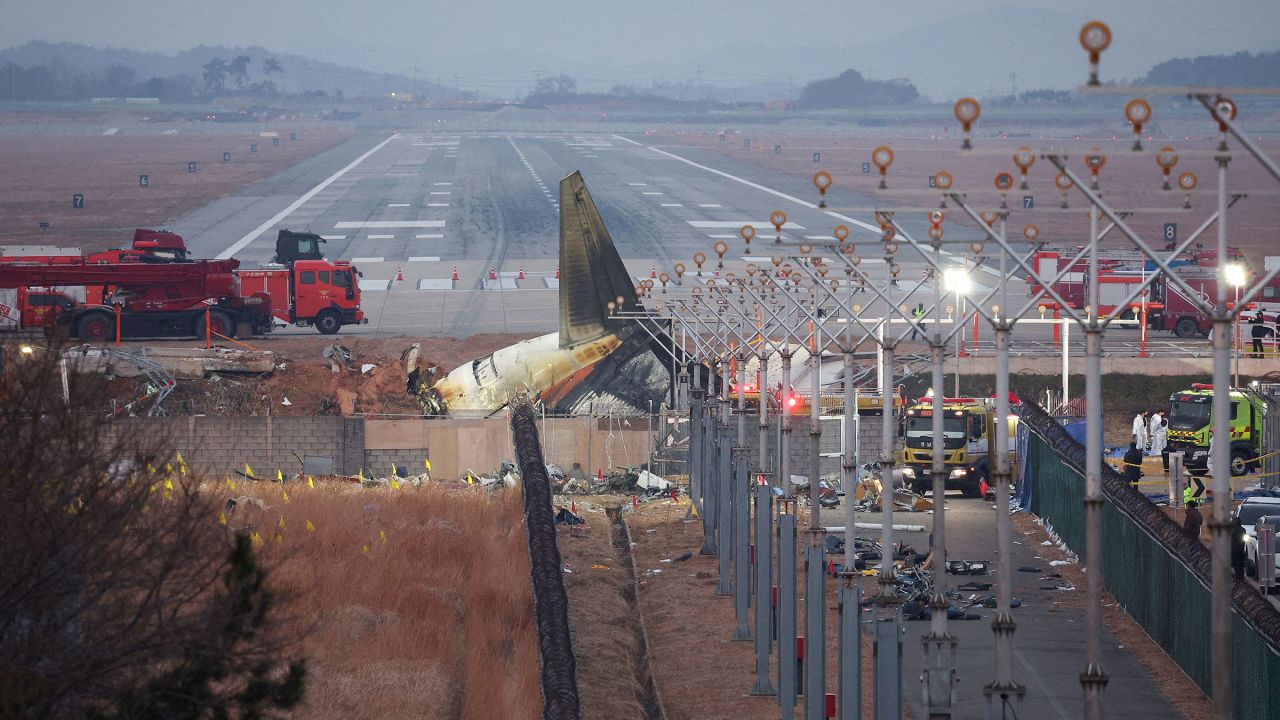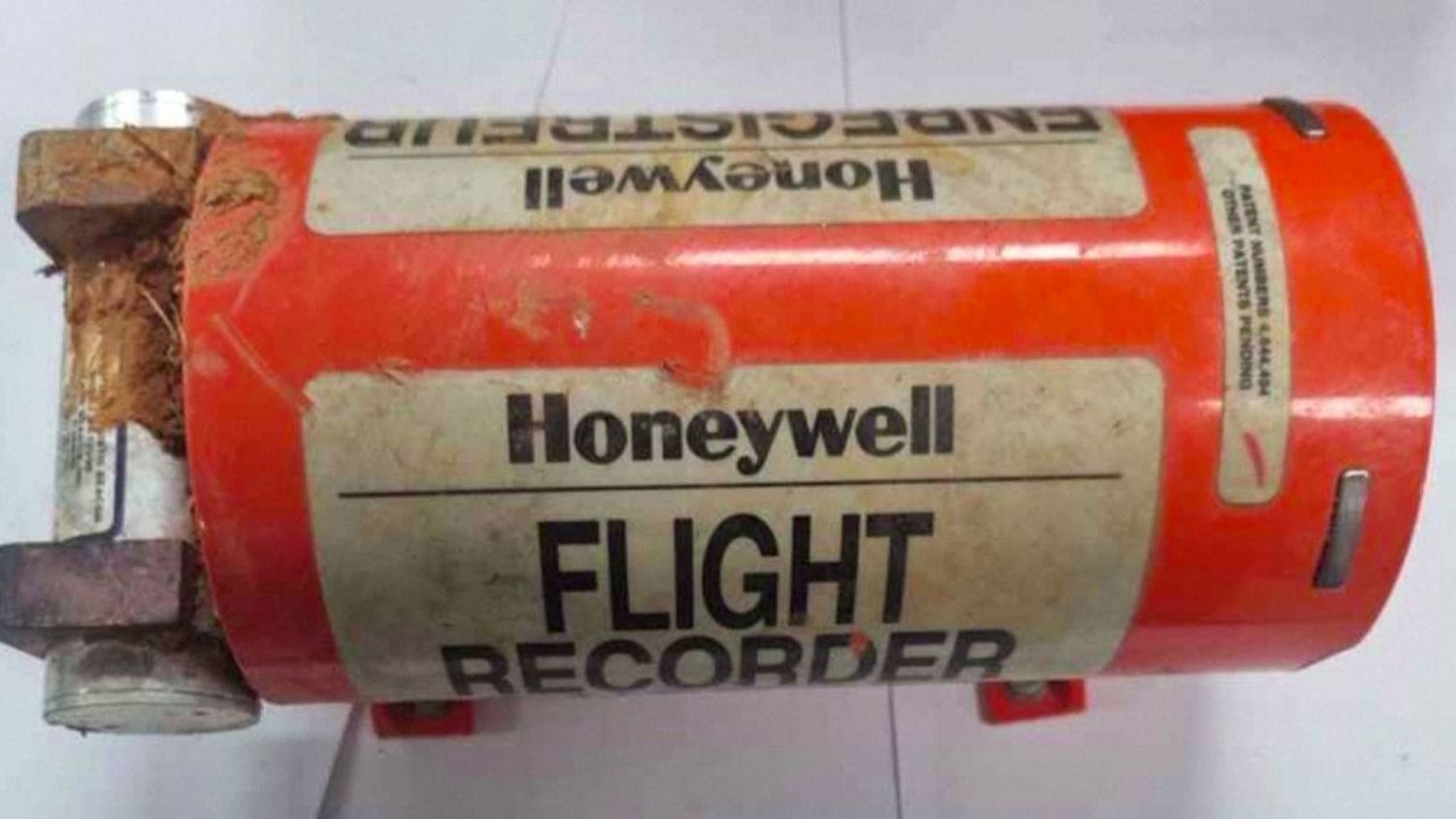Flight Recorders Failed Minutes Before South Korea’s Deadliest Crash in Decades
Cockpit and flight data recorders stopped functioning minutes before Jeju Air Flight 7C 2216 crash-landed and burst into flames at Muan International Airport, leaving more than 179 dead. Investigators face challenges as key data remains inaccessible, prolonging the probe into South Korea’s deadliest aviation accident in nearly three decades
The flight recorders from the passenger plane that crashed in South Korea last month, resulting in the deaths of more than 179 people, ceased functioning minutes before the plane landed sideways and erupted into flames on the runway, investigators said.
Officials investigating the country’s deadliest aviation accident in nearly three decades had hoped that data from the black boxes would shed light on why Jeju Air flight 7C 2216, traveling from Bangkok, landed at Muan International Airport on December 29, erupting in a blaze, according to a CNN report.
South Korea’s Ministry of Transport stated on Saturday that both the cockpit voice recorder (CVR) and the flight data recorder (FDR) from the Boeing 737-800 stopped functioning approximately four minutes before the crash.
In a statement, the ministry acknowledged uncertainty about why the devices ceased recording and pledged to determine the cause.
“CVR and FDR data are vital for accident investigations. However, investigations also rely on the research and analysis of various data sources, and we will make every effort to accurately identify the cause of the accident,” the ministry stated.
The cockpit voice recorder was first analyzed locally before being sent to the United States for further verification.
The flight data recorder, which was damaged and missing a connector, was sent to the U.S. National Transportation Safety Board (NTSB) last week after South Korean authorities determined they could not extract data due to the extent of the damage.
CNN contacted the NTSB for updates regarding the investigation into the fatal crash in South Korea, which remains ongoing and is expected to take months.

The accident was the deadliest in South Korea since 1997, when a Korean Air Lines Boeing 747 crashed in a remote area of Guam, killing 228 people.
Crash images revealed that both the rear and front landing gear were missing or retracted at the time of the forced landing.
Before the emergency landing, the pilot issued a distress call, citing a “bird strike” and announcing a “go-around,” according to officials. The control tower had also warned the pilot about birds in the area.
Another point of contention has been the concrete embankment the plane struck during the landing. Aviation experts noted that many airports do not have such structures positioned so close to the runways.
As part of the investigation, South Korean police last week raided the Jeju Air office in Seoul and the operator of Muan International Airport, Reuters reported.


Comentarios
Para comentar, debés estar registrado
Por favor, iniciá sesión